Southern hospitality
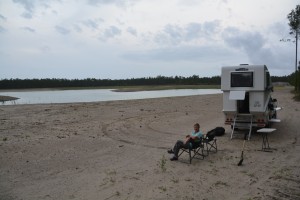
Another perfect camp spot – we found a bush camp on this lake in a national forest, a great way to end the day
In April 1861 one of the most significant moments in the history of the United States occurred when local Carolina troops based in Fort Jackson near the city of Charleston fired their first cannon shot on Fort Sumter. Fort Sumter was built on an island guarding the mouth of the port of Charleston and it was occupied by Federal troops. This was an act of Americans firing on Americans and marked the start of the Civil War. Julie and I stood on the wall of Fort Sumter looking across that water where that first shot was fired and felt that moment in history.
Charleston today is one of the most charming and beautiful cities in the US. Its narrow streets in the historic district are lined with elegant homes built in the 19th centuries with deep balconies, imposing columns and high ceilings. Flower boxes under windows are full of colourful spring flowers and the gardens feature a beautiful array of plants and trees.
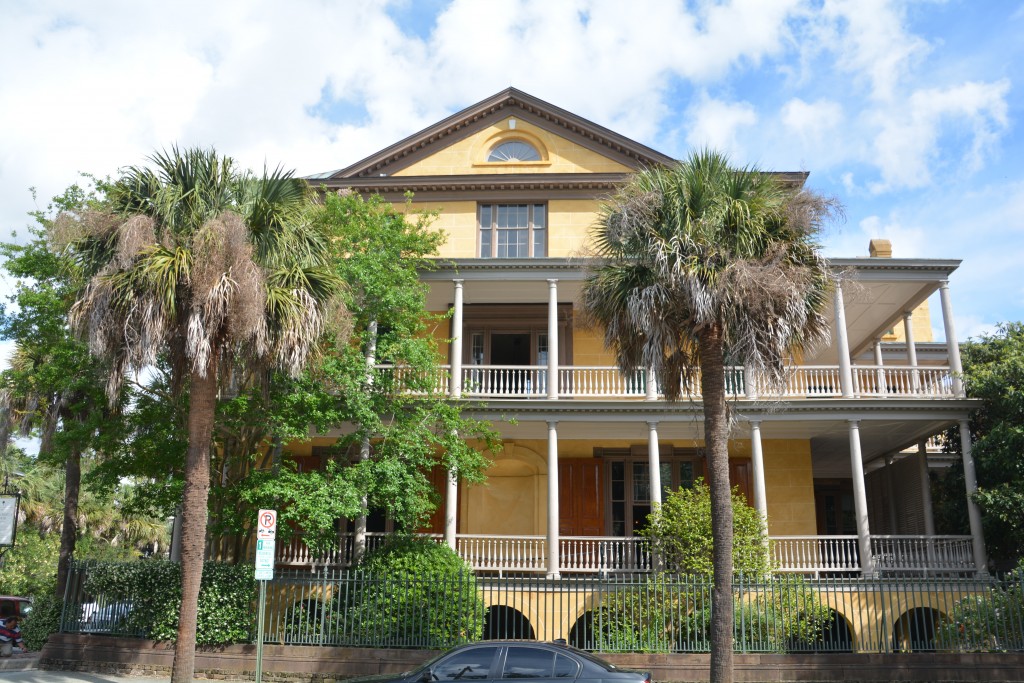
One of the many historic houses in Charleston – we toured this home, including the slaves quarters in the back
Charleston played a major role in the prosperity of the south prior to the Civil War. It’s port had been a major trading hub for the British prior to the Revolutionary War and the city had remained loyal to the King during that conflict. It also had been a major centre for the importation of slaves from Africa. Many tens of thousands of slaves passed through its port on their way to cotton and rice plantations across the south.
Many merchants and traders became excessively rich in the human trade and built expansive homes in Charleston with their gains. These mansions are often called antebellum homes because they were built before the Civil War. South Carolina was the first state to secede from the US when they felt their prosperity, independence and economic future was at risk from the northern states.
Julie and I had a delightful day wandering the streets of this famous city, along the waterfront, through the many parks, up and down streets lined with beautiful old antebellum homes, some of which were first built in the early 1800’s. We toured two different homes, the first built in 1820 which was preserved in its original form but not restored. We walked through the bedrooms, elegant dining rooms and ball rooms of the house but also were able to walk through the slaves’ quarters, where the meals were prepared and the stables, really gaining a great impression on how life must have been like for both the white masters and the black slaves.
We also toured a totally restored mansion from the same era, one built by a prominent merchant and slave trader, and marvelled at the opulence they lived in 200 years ago.
We caught the ferry out to Fort Sumter, first built in the early 1800’s on an artificial island and finally decommissioned in 1947. It’s place in US history was sealed when that first shot was fired and the small group of Federal troops were forced to surrender shortly thereafter. The fort was held by Confederate (southern) troops for most of the Civil War, although a great deal of that time it was under a blockade by Union ships. The visit to the island helped us put together some missing pieces of events leading up to the war and its effect on the country.
We had some unfinished business we needed to deal with in Charleston. Mighty Tramp had been having problems with its hydraulic arms that raise and lower the top shell to the camper. The top was rising crookedly which was putting a lot of pressure on one side and was not allowing the door to fully open.
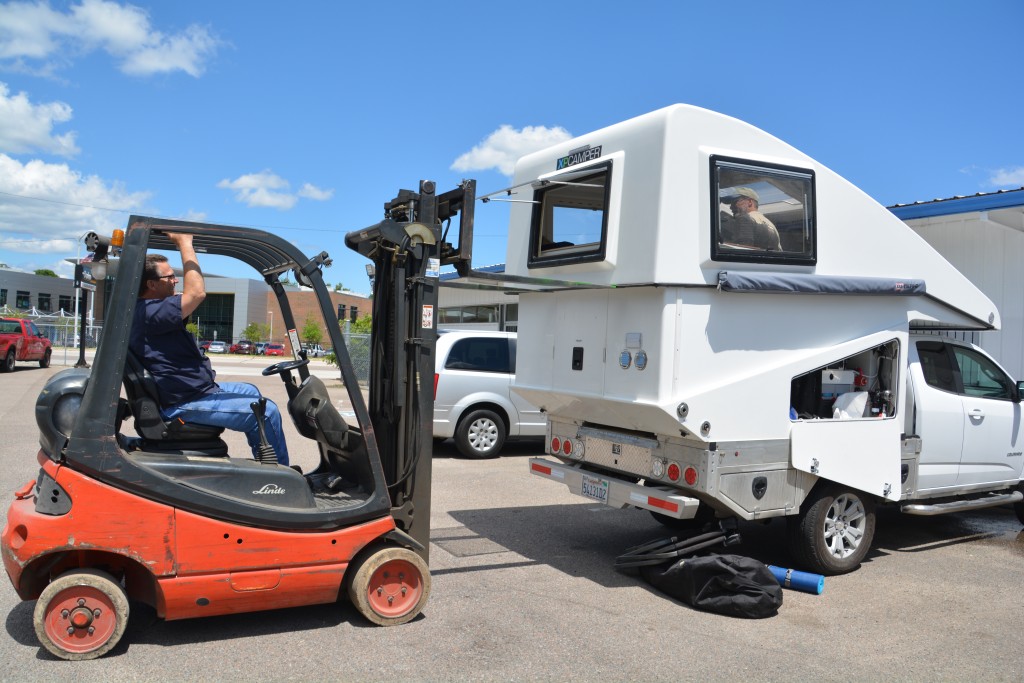
Not a good sight – our new friends at Allen and Webb in Charleston were very resourceful and full of excellent advice to help us fix Tramp’s top shell
We found a great place to free camp in a nearby national forest next to a manmade lake and the next day were back in town, making phone calls, visiting businesses that specialised in hydraulic systems, buying parts and generally worrying about how we were going to solve this worsening problem. Eventually we found a mob called Allen and Webb in North Charleston who came to our rescue, showing true southern hospitality and helping us fix our camper.
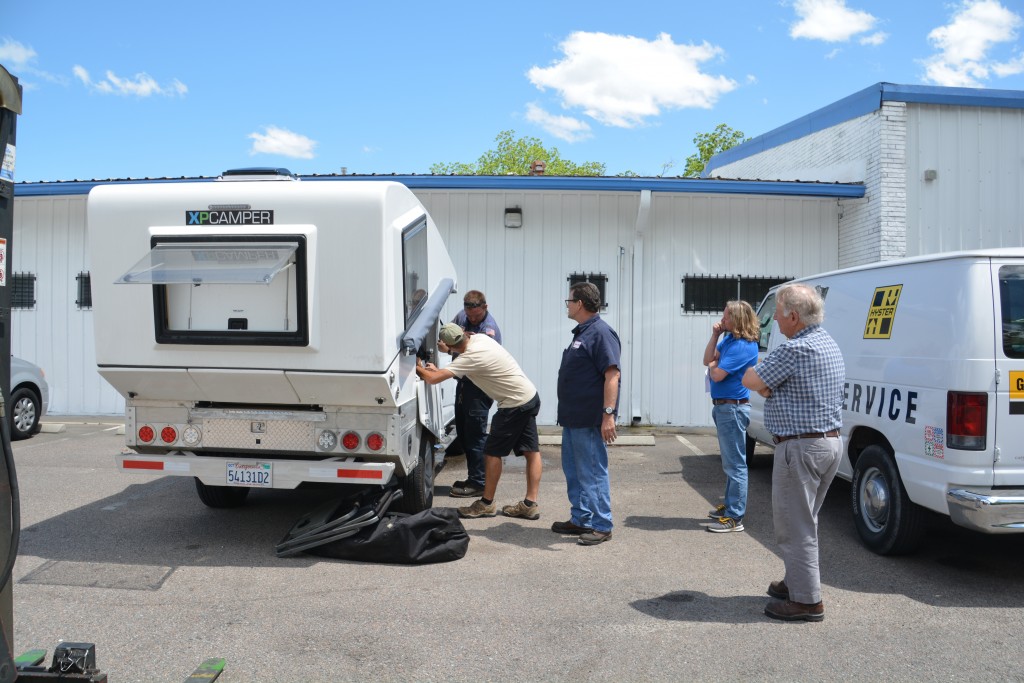
In the car park of this great business everyone was willing to provide advice – and it worked! We got Tramp’s top shell all aligned by adjusting the hydraulic system – what a relief.
We were parked in front of their entrance for four and a half hours, attracting a crowd of curious bystanders and getting a lot of good professional advice from Charles (the owner), Chuck, Danny, Beau and Chris, the latter of which worked for a forklift repair company and happened to pull in to pick up some parts and stayed for a long time to help us solve our problems.
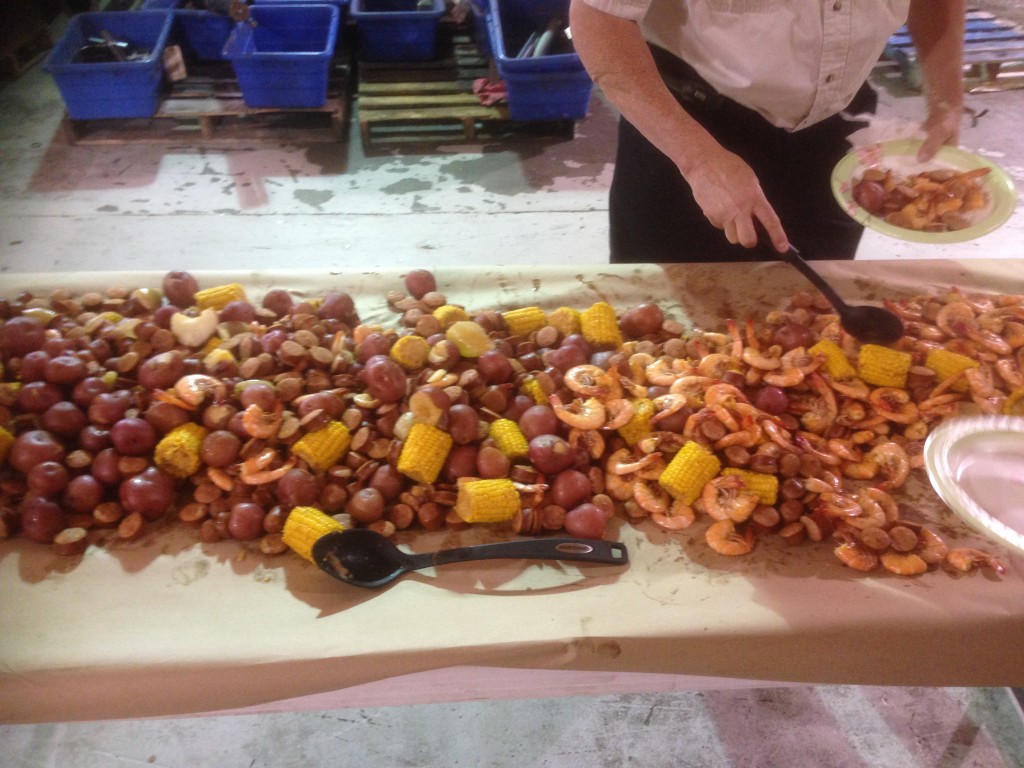
Frogmore stew – a favourite treat of southern states and our special treat as guests at Friday lunch at Allen and Webb
So friendly and hospitable were these guys that they invited us in to join them for Friday team lunch, an amazing southern speciality called Frogmore Stew, also called a low country boil, which is served from an open table and eaten with your hands. Frogmore Stew is not really a stew at all but a pile of boiled potatoes, smoked sausage, corn and prawns with seasoning tossed in. It doesn’t sound fancy but when you’re joining a bunch of great guys in work overalls and greasy hands in their workshop talking about favourite fishing spots and the swamps of the south you’re in for a good time. Thanks guys!
With Tramp’s camper top back in alignment, at least for the time being, we headed north and camped deep in the woods of a lovely state park, enjoying cooler weather that brought out our first jumpers for a few weeks and reminded us it isn’t quite summer yet.
Amongst the beaches, historic cities, diverse state parks and great national forests South Carolina also has one of America’s 59 national parks, Congaree National Park, which sits in the low lying woods and swamps south of the capital Colombia.
Congaree protects the largest remaining tract of old growth bottomland hardwood forest in North America. What that means, as we learned, is that beautiful trees that flourish in wet swampy conditions, such as the bald Cypress and loblolly pine, grow in this unique environment like nowhere else, sometimes reaching over 160 feet high.
We walked along their extensive boardwalk system, safe above the black swampy water and the deep rich mud that makes this eco-system so unique. The bald Cypress grows a wide buttress around its base and small ‘knees’ that pop up out of the dark watery gloom like stalagmites, fully adapted and flourishing in this deep swamp.
We then took up a free offer from the national park to jump in a couple of canoes and paddle down Cedar Creek which runs through part of the park amongst the cypress, pines and other trees. This was a beautiful and peaceful experience sliding slowly through the dark water, under the branches of low hanging trees, the occasional fish jumping up, seeing the park from a unique perspective. Our young volunteer guide had said the only way people fall out of their canoe and into the water is when a snake drops from a branch into their canoe. We managed to avoid that embarrassing scene.
Congaree National Park is the third least visited park in the system (the other two are on islands) and you can understand this given that it doesn’t have any grand canyons, massive volcanoes or ancient glaciers. But it gave us a chance to have new experiences, learn new things and gain a better appreciation for this unique swampland environment.
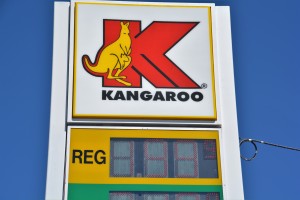
Kangaroo gas – a great brand and this was our cheapest fuel on the whole trip – only $1.99 per gallon
After camping in another beautiful state park we passed into North Carolina the next day but were still marvelling at the fabulous southern hospitality we enjoyed at Allen and Webb in Charleston and how we couldn’t possibly have been able to repair our hydraulic system, even if only temporarily, if it hadn’t been for their help. All great stuff and part of the multi-dimensional experience of travel.
As a final note, this is my 200th blog entry on this website. I started this blog back in 2010 when we moved to Bangkok and we wanted to keep in touch with family and friends around the world. It has turned into an addictive hobby and a great way to document our travels. Here’s to hoping they’ll be another 200 blog entries….and more!

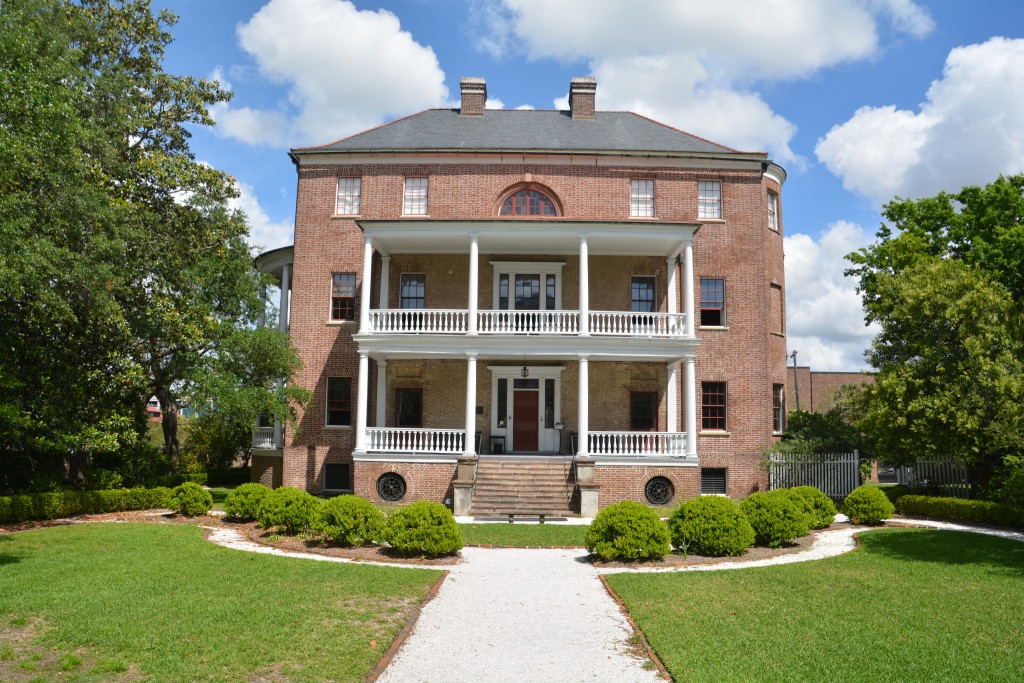
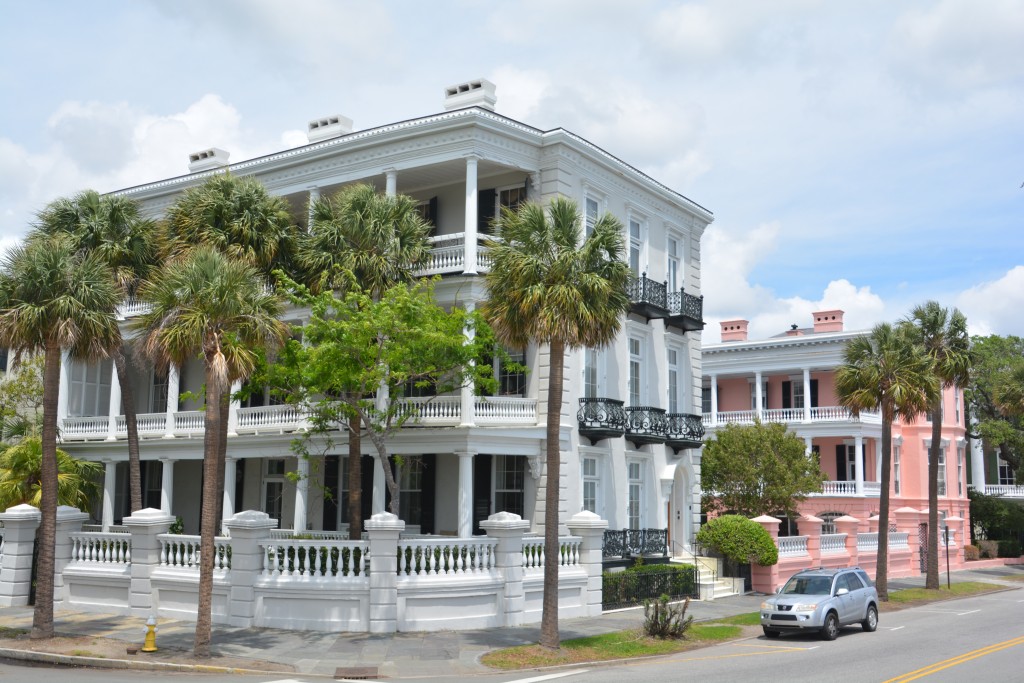
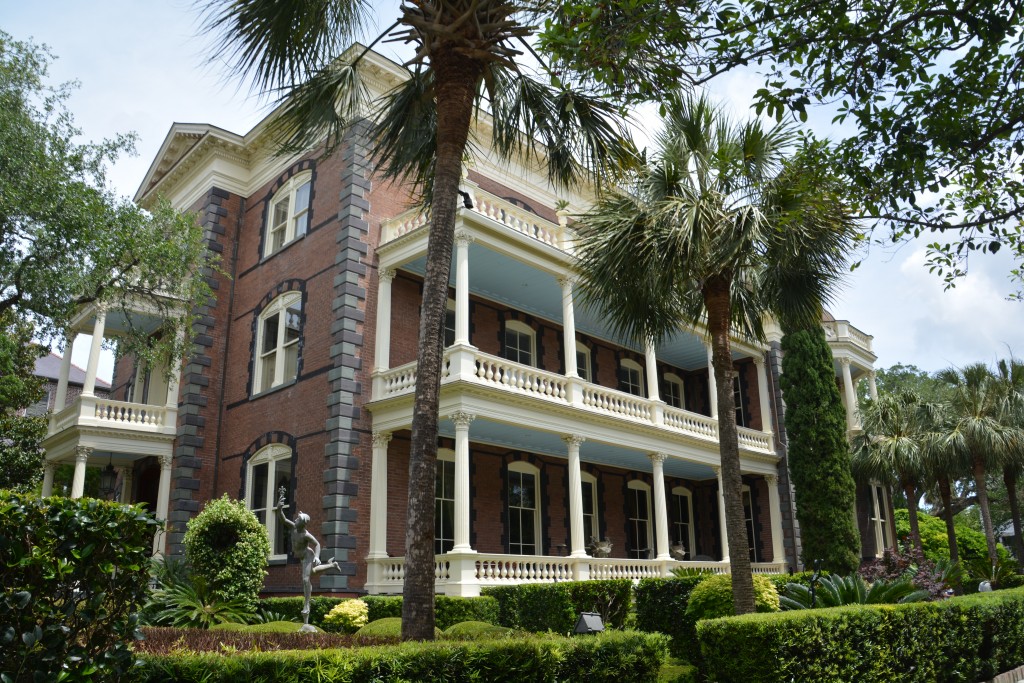
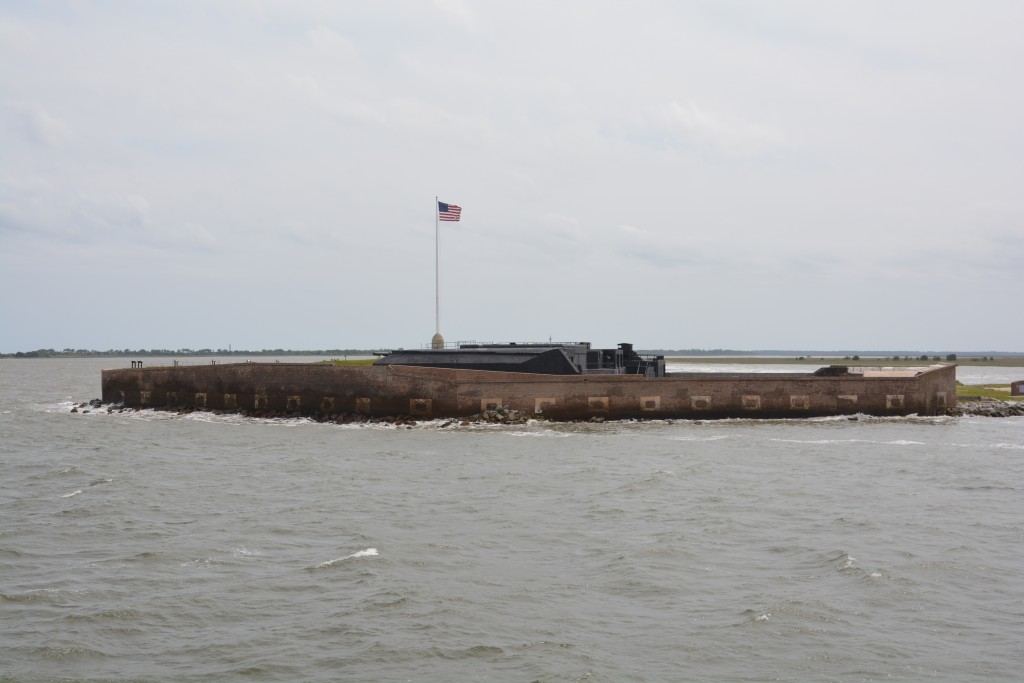
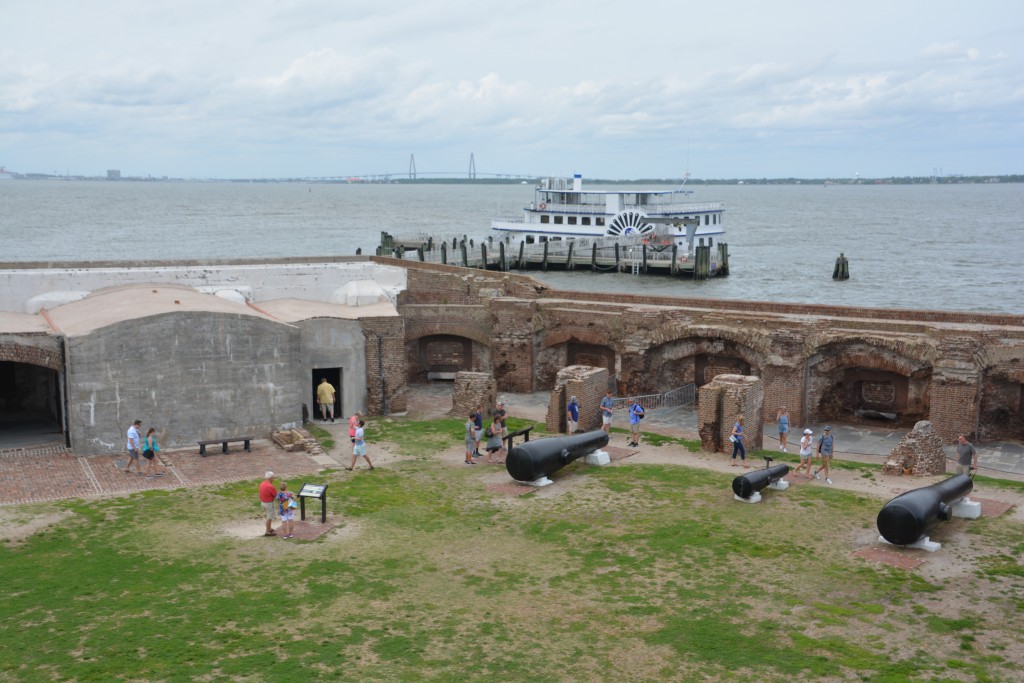
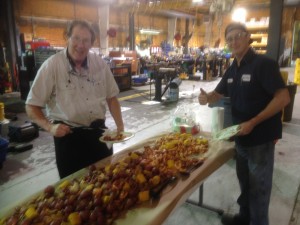
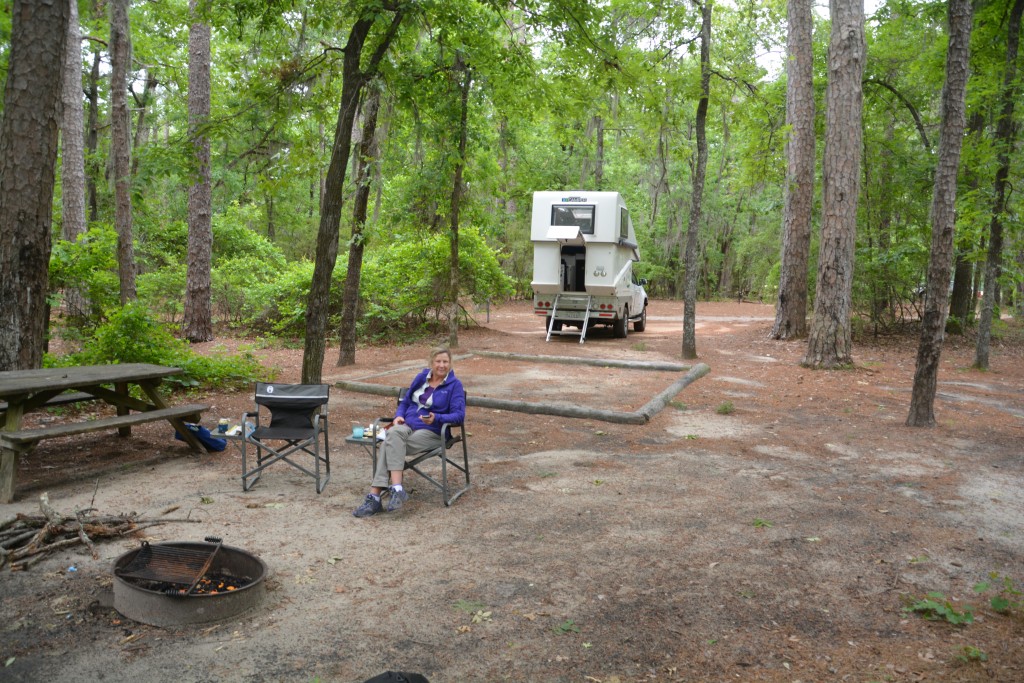
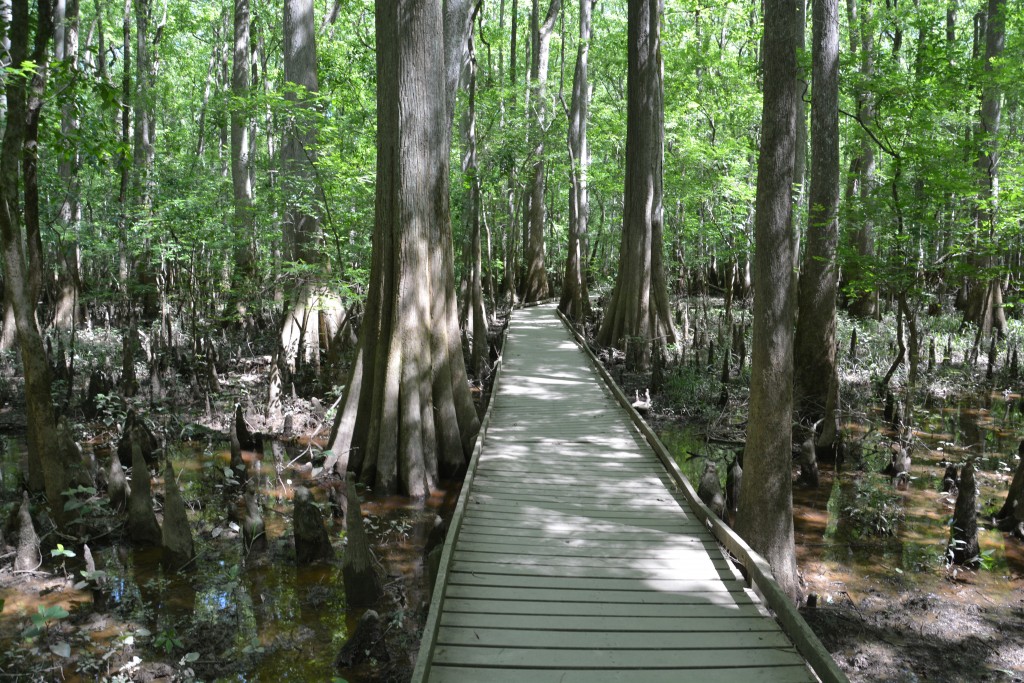
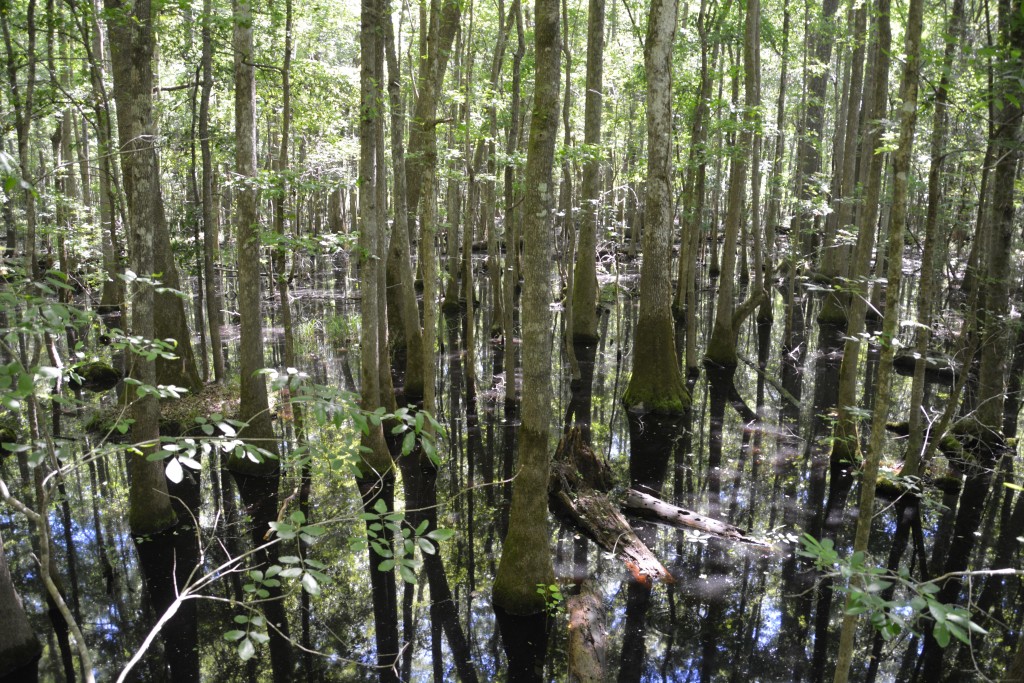
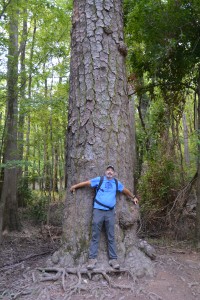
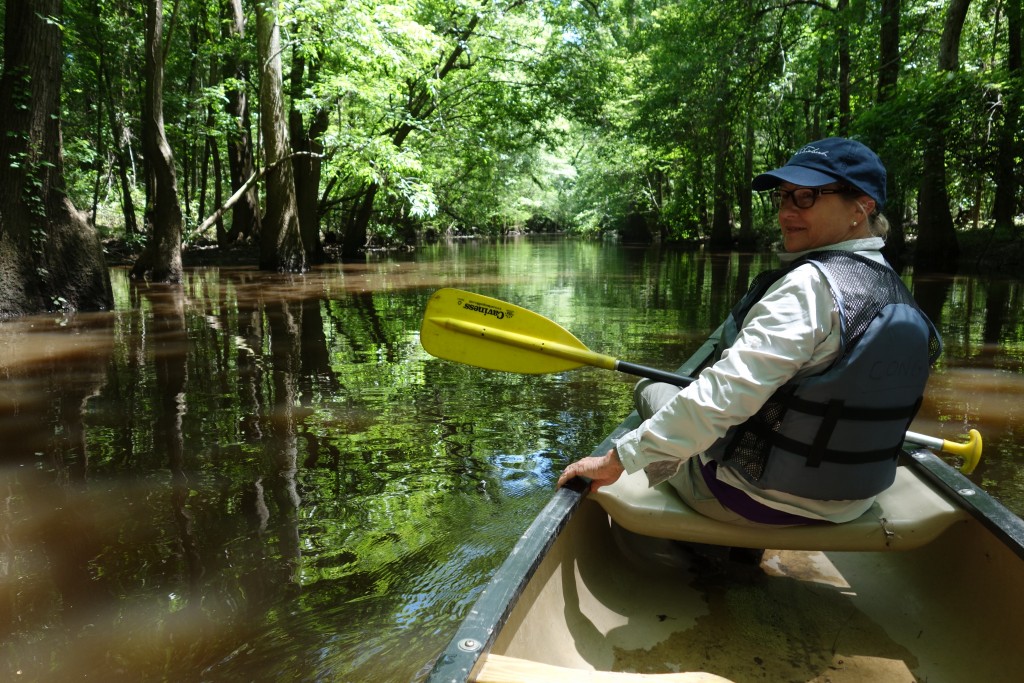
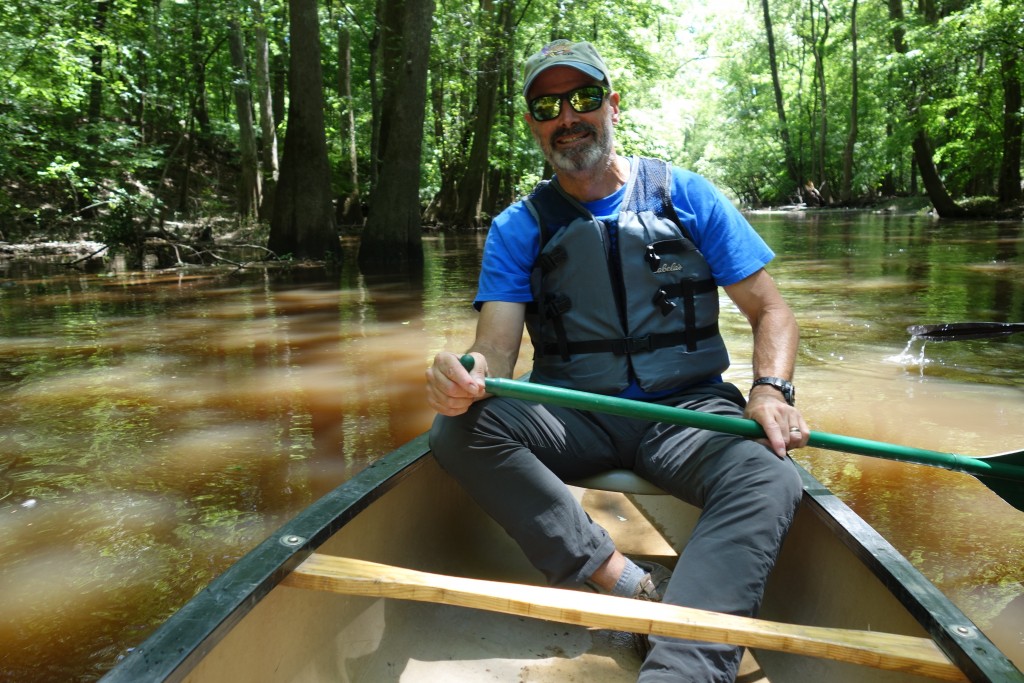
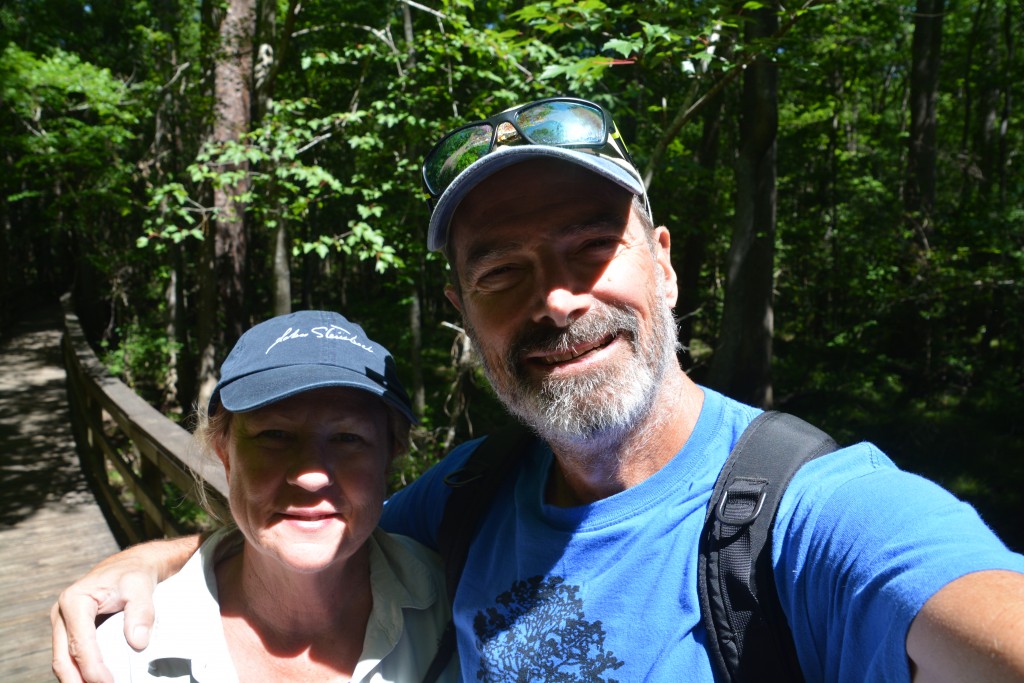
Congratulations on your 200th blog. I have read them all and am still blown away and swept up into your wonderful descriptions. Stay safe and we will await your next 200. Love and hugs from us xoxo
Hi Anne and Steve, thanks for such warm words, we really appreciate it. We’re having a great time but miss everyone back home.
Bill and Julie